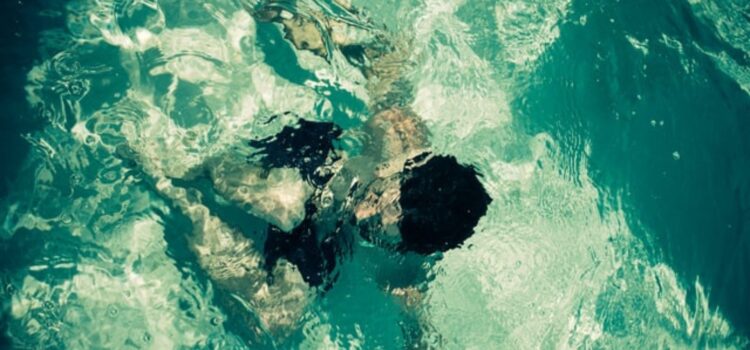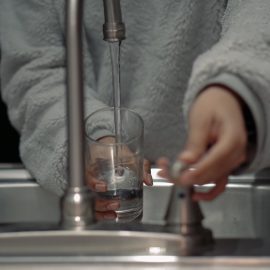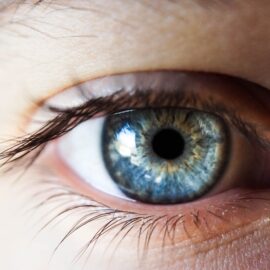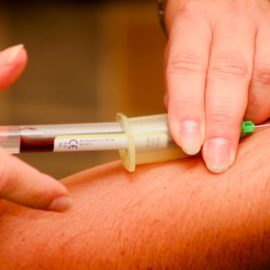

This article is an excerpt from the Shortform book guide to "The Sports Gene" by David Epstein. Shortform has the world's best summaries and analyses of books you should be reading.
Like this article? Sign up for a free trial here .
What’s the best body type for swimming? Why do elite swimmers tend to have the same physical characteristics?
Although swimmers with varying body types have found success in the sport, most swimmers who compete at the international level have the same body type. They tend to be tall, have long torsos, and have rather short legs.
Keep reading to learn about the science behind the swimming body type.
Swimming Body Type
In contrast to long legs in running, longer torsos relative to height are an advantage in swimming. Epstein cites a study of Olympic athletes that found that male swimmers were 1.5 inches taller on average than Olympic sprinters, but the swimmers’ legs were half an inch shorter. All of the extra height was in their torso. Long torsos mean more surface area gliding through the water, which helps swimmers move at high speeds. Epstein highlights Michael Phelps, who is 6 feet 4 inches tall but only has a 32-inch inseam, as an example.
(Shortform note: In contrast to running events, one study of Olympic athletes found that the same body type was beneficial across all swimming events. Swimmers did not become leaner with increasing race distances as runners did.)
Michael Phelps: The Ideal Body Type for Swimming
Michael Phelps is an excellent example of the “nature and nurture” model of sports success proposed in The Sports Gene. He has won more Olympic medals (28 Olympic medals, 23 of them gold) than any athlete in history and has set 39 world records. His success is a product of the interplay between the ideal swimming body type and the colossal amount of training and physical and mental effort.
Michael Phelps has been highlighted as the model of the ideal swimming physique. He is tall (6 feet 4 inches), with a large wingspan (6 feet 7 inches), and a long torso (his torso would fit someone who is 6 feet 8 inches). In addition to providing a larger surface area to glide through the water, long torsos benefit swimmers by putting their center of mass closer to their lungs, which is their center of flotation. This allows athletes to float horizontally in the water more easily.
Michael Phelps also has very flexible joints, which he can hyperextend. Shoulder flexibility allows swimmers to lengthen their strokes by holding onto the water longer while their bodies rotate (freestyle and backstroke) and pressing their chests further into their strokes (breaststroke and butterfly). He also has large hands and feet and very flexible ankles, which allow his feet to act like flippers.

———End of Preview———
Like what you just read? Read the rest of the world's best book summary and analysis of David Epstein's "The Sports Gene" at Shortform .
Here's what you'll find in our full The Sports Gene summary :
- A look at how our genes play a determining role in our success in sports
- Why practice doesn't always guarantee success
- The fortuitous gene pairings that can lead to elite athleticism






